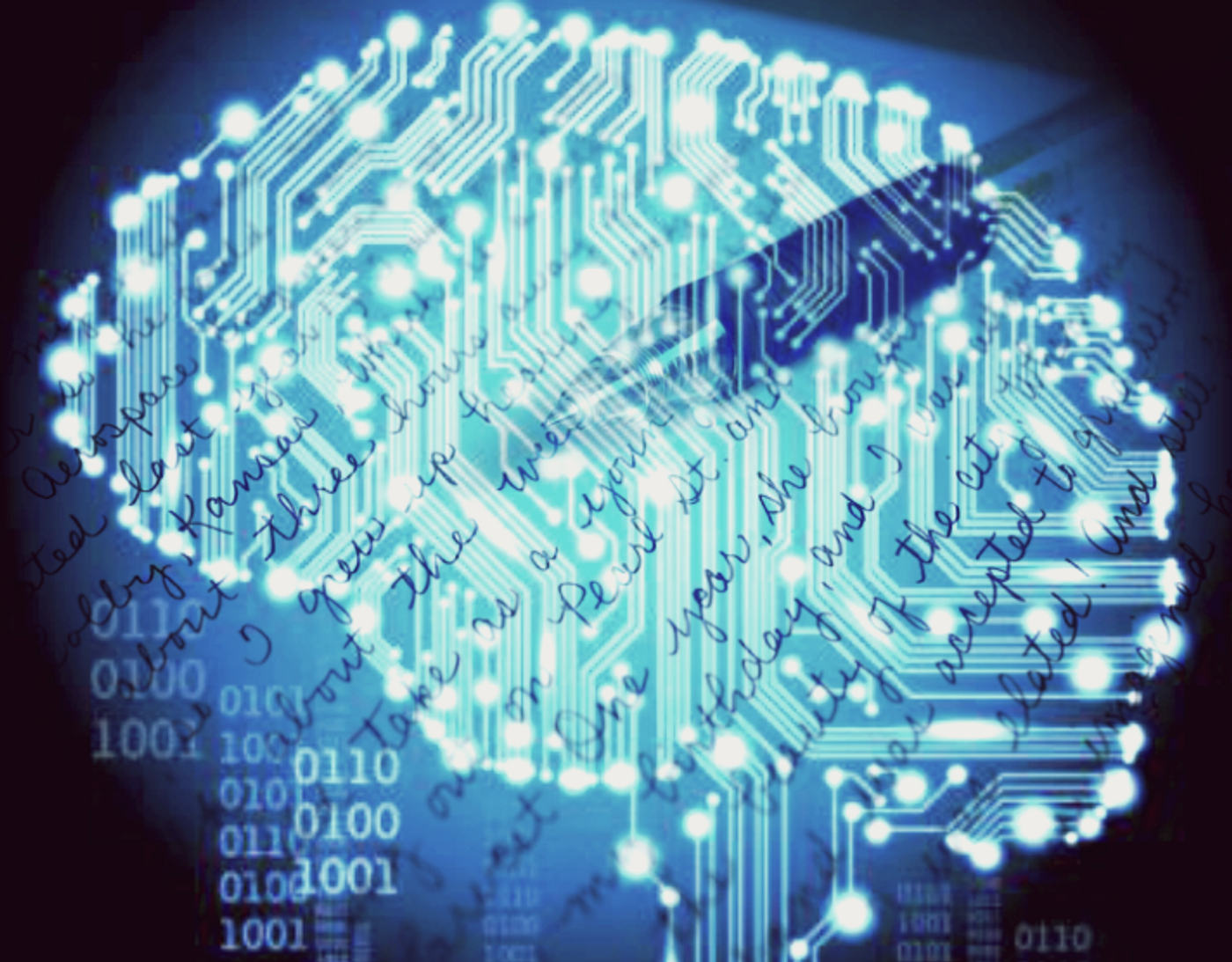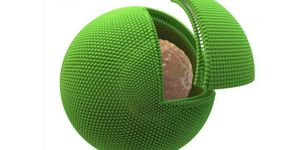AI Reads Handwriting Better Than Us
Businesses and organizations that rely on written input in order to function may now be in luck, thanks to an Oakland, California-based tech startup called Captricity. In March 2018, it launched an AI-powered software system that can read handwriting faster and more accurately than people -- it’s called Captricity READ, seen as an advanced onenote alternative.
Much like a human fingerprint, each person’s handwriting has idiosyncratic angles and curves that make it unique. Deciphering handwritten forms and translating them into savable and searchable digital media can be a time-consuming record-keeping process for many companies.
"Surpassing humans with machine reading is a watershed moment for digital automation," Kuang Chen, founder and CEO of Captricity, said. Handwriting recognition (HWR) is an essential task in realms where the use of pen and paper persist. Captricity lists the insurance industry, in which it serves eight out of the top ten U.S. companies, as an example. Government, non-profit, healthcare and financial services groups also rely on its data-entry tech.
According to Captricity, these groups can now quickly and affordably process handwritten forms with an 80 percent reduction in manual effort. Captricity READ's 91 percent accuracy rate beats out human abilities and reportedly exceeds all established rates set by text transcription software.
How Did Captricity's AI Learn to Read so Well?
How did Captricity READ outperform our species in reading our own writing? It relies on a machine learning structure called a deep neural network to achieve this level of precision. It has access to a total of 35 lifetimes of reading experience in the form of tens of millions of data points gleaned from one billion text transcription tasks. Captricity explains that the company is in possession of the biggest handwriting training dataset in the world.
Captricity used 3,000 real business writing form fields to measure its new achievements in HWR accuracy. It challenges other groups to meet or break its records and has made the dataset relevant to its claims publicly available.
"Enterprises have struggled with automation technology due to extremely low accuracy in reading handwriting and poor-quality images. Unlike any previous technology, Captricity READ is the missing link that drives intelligent automation enterprise-wide,” Chen said.
Other Developments in Hi-Tech Reading and Writing
Innovative options also exist for capturing handwritten text on a smaller scale, including smart pens that record a writers’ hand movements, such as the Livescribe. Smartpads like the Wacom tablet can record written text and save it in a searchable form. Similarly, the apps Evernote and Onenote can transform an image of a piece of writing into searchable text.
In another related milestone, Microsoft and Chinese retail-giant Alibaba announced in January 2018 that each of their AI was able to beat out humans in a reading comprehension test, though this one dealt with typed text. The test was the Stanford Question Answering Dataset (SQuAD), which is described on the SQuAD site as “a machine reading comprehension dataset comprising of questions pertaining to a set of Wikipedia articles.”
However, some researchers felt the test, in which each answer was a segment of text taken directly from the relevant passage, didn’t truly measure the depths and subtleties of human comprehension. Overall, “people are still much better than machines” at fully and accurately understanding language, a Microsoft researcher who was involved in the competition told Wired.









